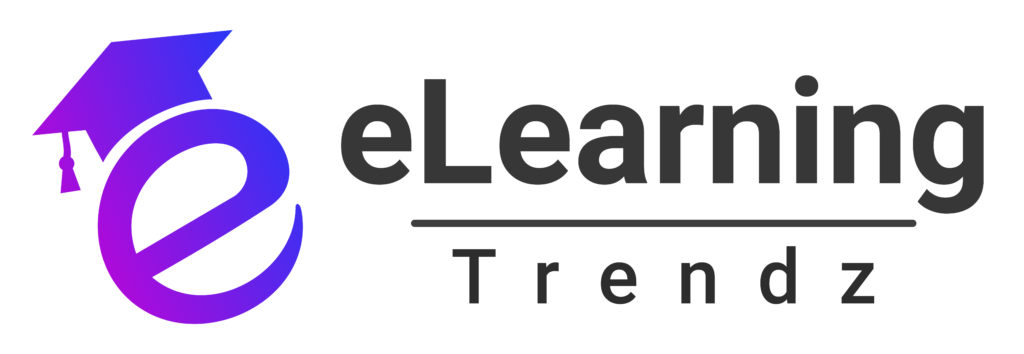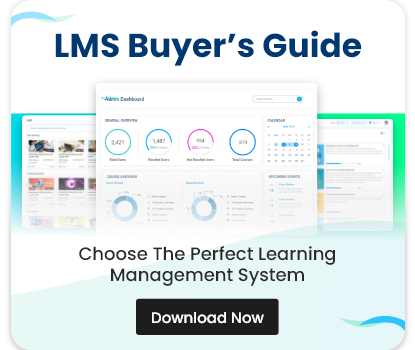When it comes to choosing an LMS for your organization, two popular options often come into play: Open Source and Cloud-based LMS platforms. Each comes with its unique set of advantages and drawbacks. Understanding these can help you determine which solution aligns best with your organization’s needs, technical capabilities, and budget. Let’s break down the pros and cons of Open Source vs. Cloud LMS.
Open Source vs. Cloud LMS: Pros & Cons
Open Source LMS
Pros:
- Cost-Effective:
Open source LMS platforms typically have no licensing fees, making them an attractive option for businesses looking to minimize upfront costs. You may only need to invest in hosting, customization, and maintenance. - Customization and Flexibility:
With access to the source code, organizations can tailor the LMS to fit their exact needs. This flexibility allows for extensive personalization of features, interfaces, and integrations with other business tools. - Community Support:
Many open source LMS solutions have active user communities. These communities can be invaluable for troubleshooting, sharing best practices, and contributing to ongoing development. - Data Control:
Open source systems offer full control over your data. You can host the LMS on your own servers, ensuring data privacy and security according to your specific policies and standards.
Cons:
- Technical Expertise Required:
Customizing and maintaining an open source LMS often requires dedicated IT resources and technical expertise. Without proper support, organizations might face challenges in keeping the system updated and secure. - Higher Maintenance Costs:
Although there are no licensing fees, the costs associated with server maintenance, security updates, and potential customization can add up over time. - Limited Vendor Support:
Unlike commercial solutions, open source platforms may lack professional, dedicated customer support. Relying on community forums and third-party consultants might delay resolution times for critical issues.
Cloud-Based LMS
Pros:
- Ease of Use and Deployment:
Cloud-based LMS platforms are generally ready to use out-of-the-box. They eliminate the need for extensive IT support and reduce the time required for installation and setup. - Scalability:
Cloud LMS solutions can easily scale to accommodate growing numbers of users and courses. This is especially beneficial for organizations with fluctuating training needs or rapidly expanding workforces. - Regular Updates and Support:
With cloud-based systems, vendors handle software updates, security patches, and technical support. This ensures that your LMS remains current with the latest features and compliance standards without added effort on your part. - Cost Predictability:
Cloud LMS typically operates on a subscription-based pricing model, allowing for predictable budgeting. There are no significant upfront investments in hardware or software licenses.
Cons:
- Recurring Costs:
Although the initial setup is often less expensive, monthly or annual subscription fees can add up over time. For organizations with a limited budget, long-term costs should be carefully evaluated. - Limited Customization:
While many cloud LMS platforms offer some degree of customization, they may not match the flexibility of an open source solution. Businesses with unique or highly specialized training needs might find these limitations challenging. - Data Privacy Concerns:
Hosting data on external servers means you are reliant on the vendor’s security measures. Organizations with strict data privacy requirements might have reservations about cloud-based storage, despite robust security protocols. - Dependency on Internet Connectivity:
Cloud-based solutions require a stable internet connection. In areas with unreliable connectivity, this dependency could disrupt access to training materials.
Making the Right Choice
Choosing between an open source and a cloud-based LMS depends on your organization’s specific needs, resources, and long-term goals. If your team has strong technical capabilities and you require extensive customization, an open source LMS might be the best fit. On the other hand, if you prefer a solution that is quick to deploy, scalable, and comes with dedicated vendor support, a cloud-based LMS may be the optimal choice.
Remember:
- Evaluate your technical resources and long-term support needs.
- Consider your budget—not just for initial deployment but for ongoing maintenance or subscription fees.
- Think about your organization’s scalability requirements and data security concerns.
Ready to Transform Your Learning Experience?
Whether you lean towards the flexibility of open source or the convenience of cloud-based solutions, the right LMS can drive employee engagement, streamline training, and boost overall organizational performance.
Don’t let outdated systems hold your business back. Contact us today for a personalized consultation or demo, and discover how our advanced LMS solutions can help you unlock your organization’s full potential!










